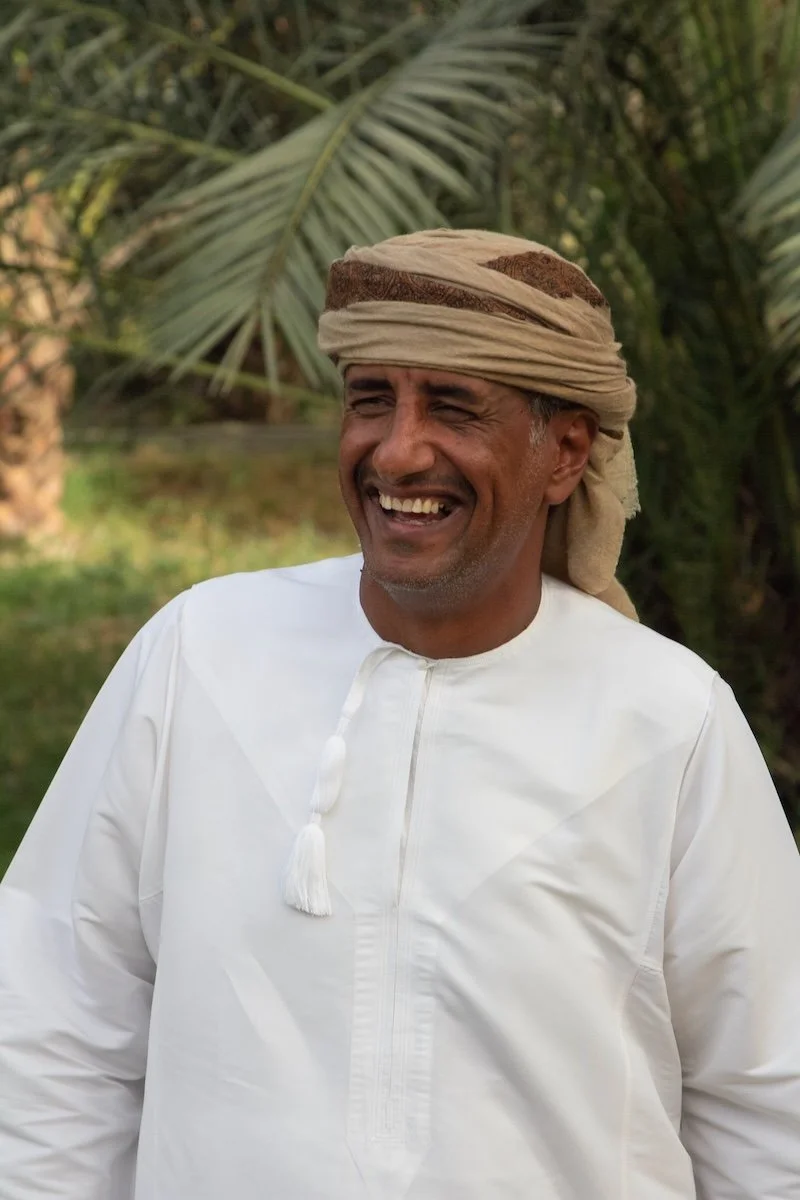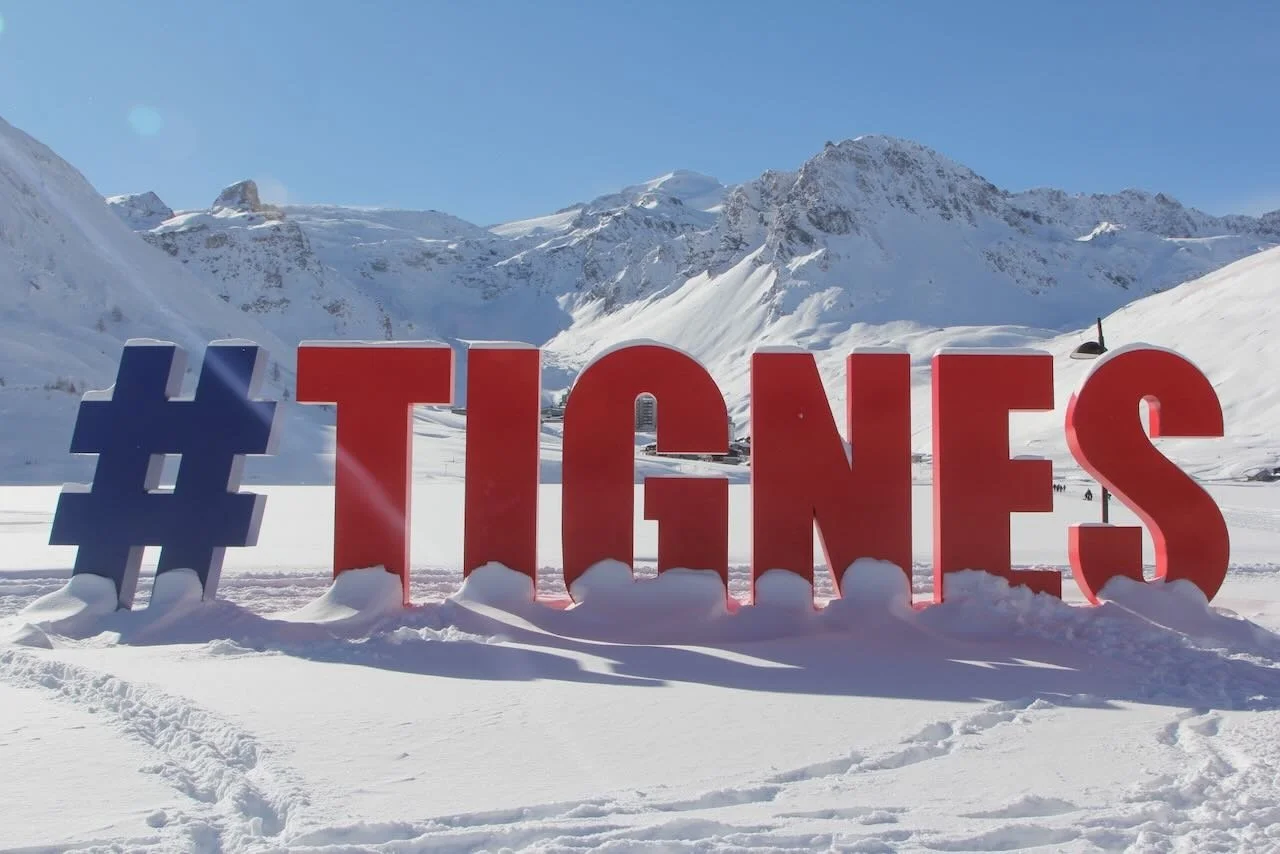Visiting Oman, supporting Omani local businesses
Many years ago I found myself aboard a small Dutch cargo ship, the Van Riebeck, travelling from Nairobi to Kuwait with my 4-yr old brother and our parents. The vessel anchored at sea off a number of countries (there were no ports back then) and sometimes we could disembark for a few hours by climbing down the rickety stairway thrown diagonally along the hull so that we could step into an equally rickety row boat for the bumpy ride to shore.
When we reached Muscat, the capital of Oman, it was closed to foreigners so the few passengers on the ship had to stay on board. But my father, never one to be put off by such prohibitions, had sent a telegram to the British consul requesting permission to disembark and lo and behold a small boat drew up and our parents were borne away to shore leaving us wondering if we’d ever see them again. They returned 90 minutes later, just before curfew.
But, this “almost visit” of Muscat rankled a bit, so recently when an opportunity arose for me to spend a few days there, I phoned my brother and asked if he and his wife would like to join me to right this wrong.
And that’s how we found ourselves towards the end of May in Muscat, possibly the only foreign tourists there because it’s the month which is as hot as June and July but has less rainfall. Inland it was 47°C, in Muscat it was a bit cooler at about 44°C. This obviously affected what we could do as we had to keep out of the heat in the middle of the day. We were also in the city on a Friday when absolutely everything is shut, some places all day and others only in the morning. “You must really love Oman to come here in May,” laughed our taxi-driver… an Omani because unlike in neighbouring United Arab Emirates or Qatar where taxi-drivers are all foreigners, in Oman it’s a job reserved for the locals.
And that was the first thing that struck me about Oman: unlike its sister Gulf Cooperation Council (GCC) states - - Bahrain, Kuwait, Qatar, Saudi Arabia and the United Arab Emirates (UAE), the majority of the population (57.62%) in Oman is, well, Omani (compared to 11.5% Emiratis in the UAE or 11.6% Qataris in Qatar) and that gives the country a completely different feel. When in Oman you interact with Omanis all the time; there are Omani families in restaurants and out shopping, whereas in the UAE and Qatar the locals and expats just never mix.
The second thing was that, in complete contrast to other GCC cities, Muscat is a low-rise city: no building is more than five storeys high so that all eyes are drawn to the central minaret of the Sultan Qaboos Grand Mosque which dominates the city from a height of about 91.5 metres. Every building has to include some form of classical Arabic Omani design and most are white. What a relief from the awful Disneyland-like, environmentally-oblivious cities growing vertically in the GCC!
The third thing is that ancient parts of the city are almost intact. They’ve not been razed to the ground to make way for the shiny glass skyscrapers that are ubiquitous the world over. Serendipity led me to photograph lovely old buildings which I later found had also been shot by my father almost 60 years ago! The difference? Instead of having their feet in the sand, there is now a pavement, a road and a port but the buildings, lovingly restored, are very recognisable.
The fourth thing is that you can actually walk in parts of Muscat whereas in the other GCC cities that is almost impossible (well, you can walk along the corniche in Doha, Qatar). The city stretches 36 kms west to east in a narrow band (barely more than 3kms at its widest) between the Gulf of Oman and the foothills of the arid Western Al Hajar mountain range.
The 900-yr old original town curves at the far east around a small bay between the old Portuguese forts of Al Mirani and Al Jalali. This is where you’ll find the Al Alam palace, the very beautiful and interesting National Museum of Oman and most of the ministries. Here I saw local children (that’s when it struck me that you very rarely see any children at all in the UAE or Qatar) cycling and roller skating on car-free roads between spotless white buildings with traditional Islamic architectural elements, enlivened by bright bougainvillea and other flowering plants. We were able to walk to the water-front and admire the palace from the other side accompanied by the chatter of small girls and their black-clad mothers.
The Mutrah neighbourhood, where one finds the lovely souk, is along the next corniche to the west of it. Although the official statistics say Muscat is cheaper than Doha (figures vary from 15% to 66%!!) I found taxis and restaurants to be more expensive and the few things I bought in the souk were better quality but a lot more expensive than in the souk in Doha.
We chose to stay in the small Behyls Boutique hotel, owned by an Omani. It’s a two-minute walk from the beach but in May everything was deserted: it was too hot, the kind of heat rising from the road burns your ankles! The pool water was like a hot bath and there was no cold water in the taps (quite normal apparently as most water tanks are on the roof). Apparently you get cooler water from the hot water tap!!
We spent a long half-day diving and snorkelling off the Daymaniyat Island, a 45-minute motor-boat trip from Muscat where I was able to swim with a turtle and test the water-proof housing for my SLR camera. It worked!
We also spent a couple of days in the Jebel Akhdar (“green mountain” though there was nothing green at all about it in May!) at an altitude of 1,900m where the temperature was a balmy 27°C. We were taken there by Rashid, recommended by someone on a travel FB page, who was extraordinarily courteous, funny, knowledgeable and went out of his way to be helpful. Next time I go I’ll join one of his desert trips.
You must have a 4x4 to drive to the Jebel Akhdar despite the very nice motorway. Clearly the Omani authorities have never driven in the Alps if they think you need a 4x4 to drive on these broad, brand-new roads. They’d be terrified by our hair-pin bends on country roads! The way down was even more notable with sand-filled escape lanes every kilometre or so. Rashid explained they were necessary because drivers from neighbouring countries, used to flat desert and completely unaccustomed to mountain driving, would screech downhill stomping on the brakes and ruining them… so they needed these escape lanes!
He left us where the road ends just after the modern village of Al Suwgra. There we were met by our hosts, the two barely-past-teenage managers of the Cliff Guest House (aka The Suwgra Heritage Inn) in the historical village of Al Suwgra which clings, somehow, onto cliffs on the other side of the wadi, reachable only by a stony footpath. We put our overnight bags in a net hanging on the zip-line to be delivered across the wadi and ventured down the footpath, across a hanging bridge over the dry-as-a-bone wadi, and up the other side to our accommodation for the next two nights. What a delightful surprise, which started with a welcome of dates and mint tea!
Iain and his wife had a small house (Al Burj) whilst I had a room (Bab Al Aamid) and we shared a very modern bathroom (and yes, the bathtub also came across the wadi on the zip-line!). Iain’s room contained a double-bed whereas I had a thick, single mattress on the floor at the same height as the windows. We had a lovely, covered outdoor seating area which is where our food (cooked by the women in the modern village) was served. It was a very tasty “meat, vegetable and rice” dish.
The highlight was a mountain hike the next day, accompanied by Jack the goat-kid who adopted us as his herd as he’d clearly lost his own. We were on our own but the path is extremely well indicated so we were not worried about getting lost in these arid, spectacular mountains. We also tried one night, unsuccessfully, to take photographs of the starry skies. There is no light pollution here at all so the spectacle above our heads was jaw-dropping.
The young managers explained that the villagers had been encouraged to move across the wadi with easy access to the road and that they’d sat in their new houses watching the 500+ yr-old historical village slowly disintegrate so the Al-Sheriqi family had decided to renovate one house and see if they could rent it to passing guests. It was so successful that they renovated a second house, and a third and have now renovated seven. They’ve done it extremely tastefully and I couldn’t recommend it highly enough.
The wrong has been righted!





























